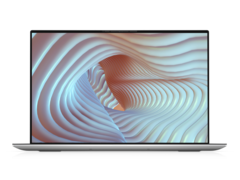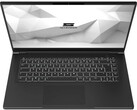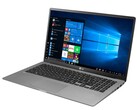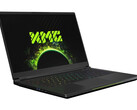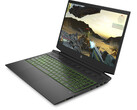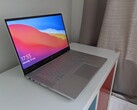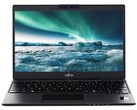Though Apple has been shipping laptops with 16:10 displays for years, it wasn't until Dell introduced its 16:10 XPS lineup earlier this year that made other manufacturers wonder: "Why don't we offer 16:10 laptops, too?"
There are a few reasons why we think this will happen. The first is the changing habits of consumer and business users. According to HP, younger employees are more likely to use their personal laptops for both work and play instead of having separate devices. The 16:10 aspect ratio is a better fit to accommodate both office workloads and the occasional movies when compared to 16:9 or, 3:2, or 4:3.
Secondly, when Dell introduced its InfinityEdge XPS laptops way back in 2015, the systems became a catalyst for other manufacturers to launch similar narrow-bezel designs as well. Almost every consumer laptop these days have very narrow bezels as a result with high screen-to-body ratios much like the latest smartphones. We expect that the new 16:10 XPS laptops will accelerate the adoption of 16:10 from Lenovo and HP sooner rather than later.
Lastly, manufacturers tend to source display panels from the same providers such as AU Optronics, Sharp, BOE, or Chi Mei. When a certain panel becomes available, multiple OEMs will pick it up for their own laptop families. We've seen this happen with 4K panels, 120 Hz, 144 Hz, 240 Hz, and even OLED as different laptops from different manufacturers may ship with the exact same panels. If one OEM begins offering 16:10 designs, then others will likely follow.
When compared to the usual 16:9, 16:10 is noticeably taller especially when scrolling through web pages or running Adobe programs. Having two programs running side-by-side works better in this aspect ratio as well. While we don't expect it to completely overtake 16:9, simply having the option would be a boon to a lot of users.




